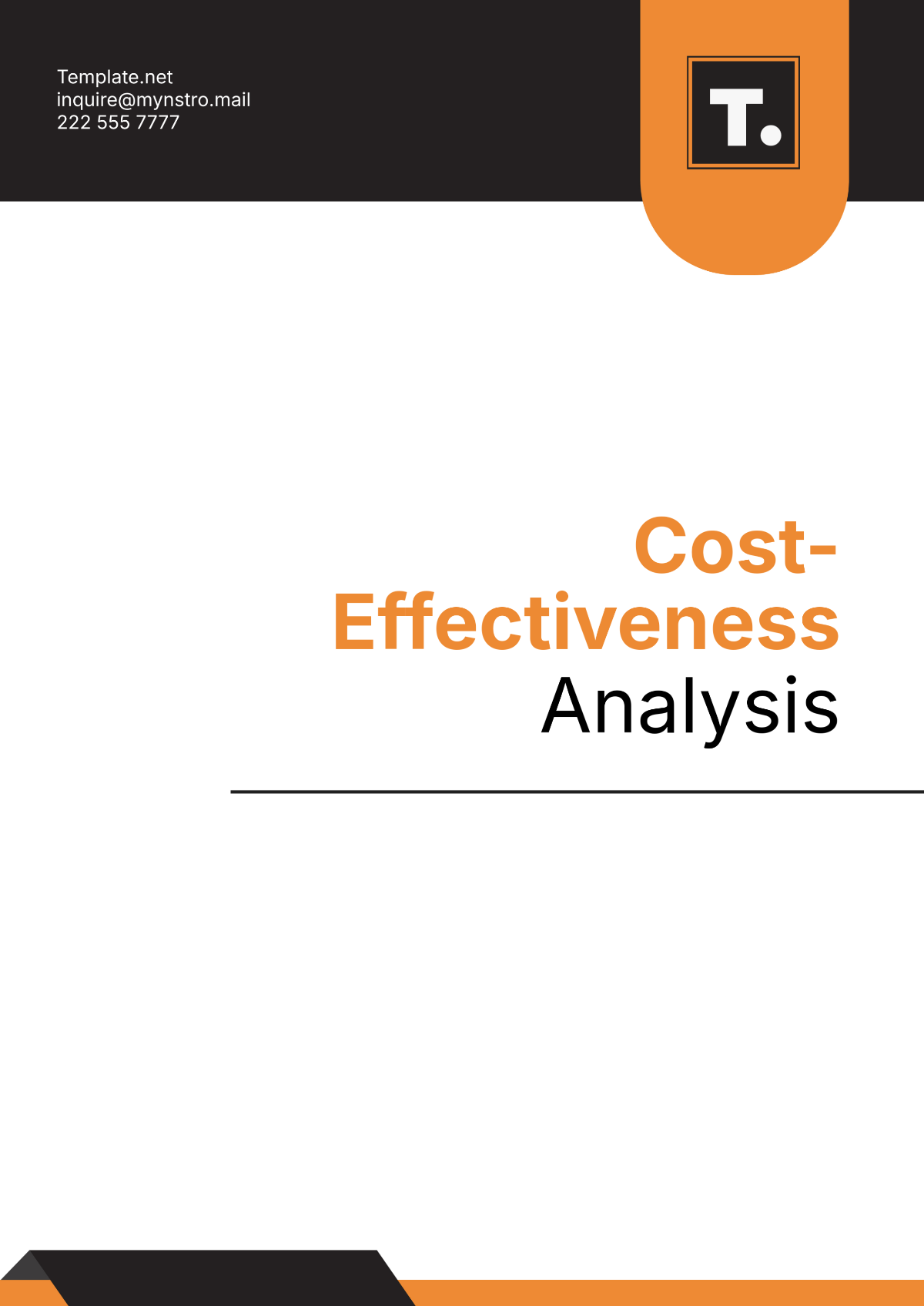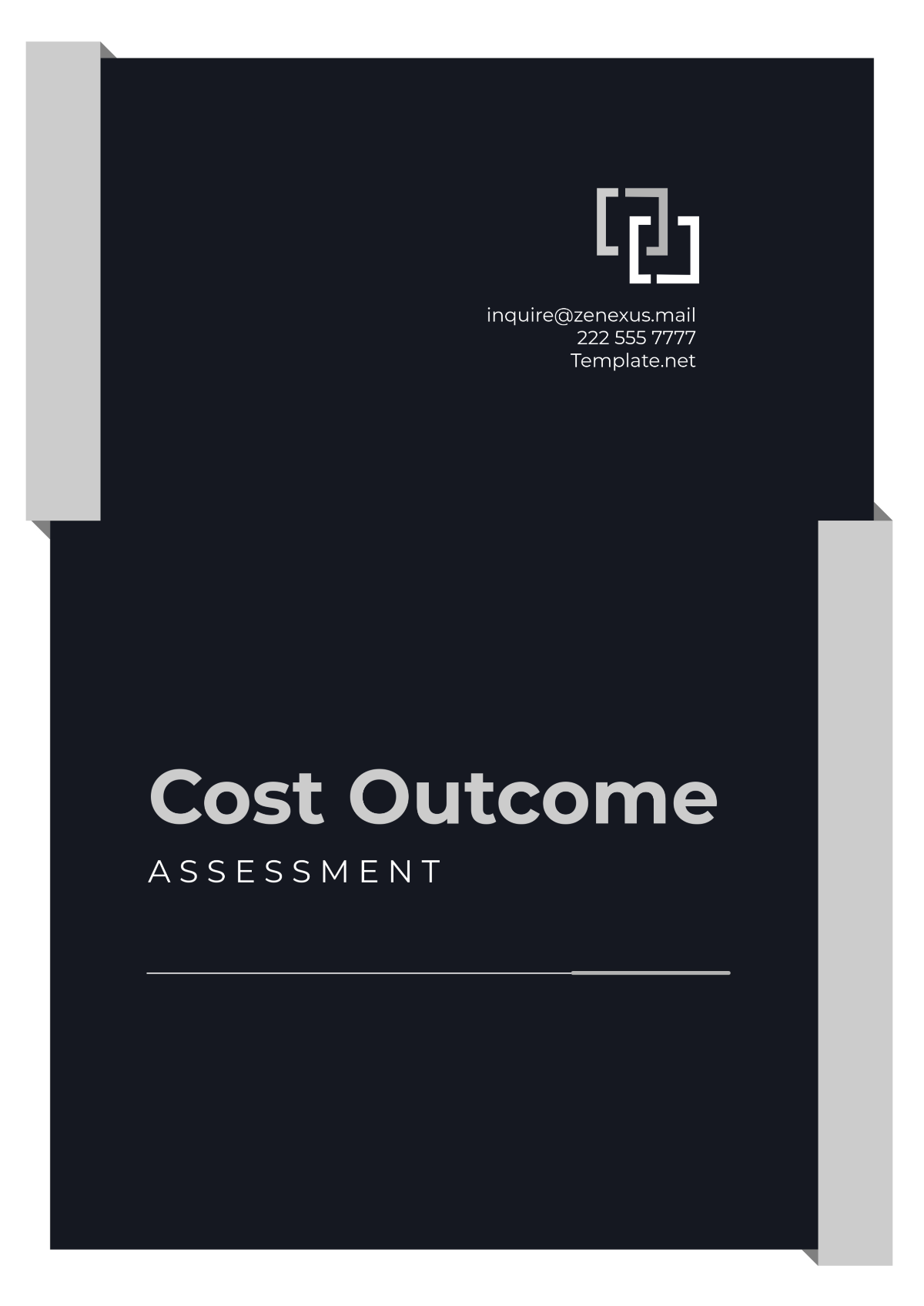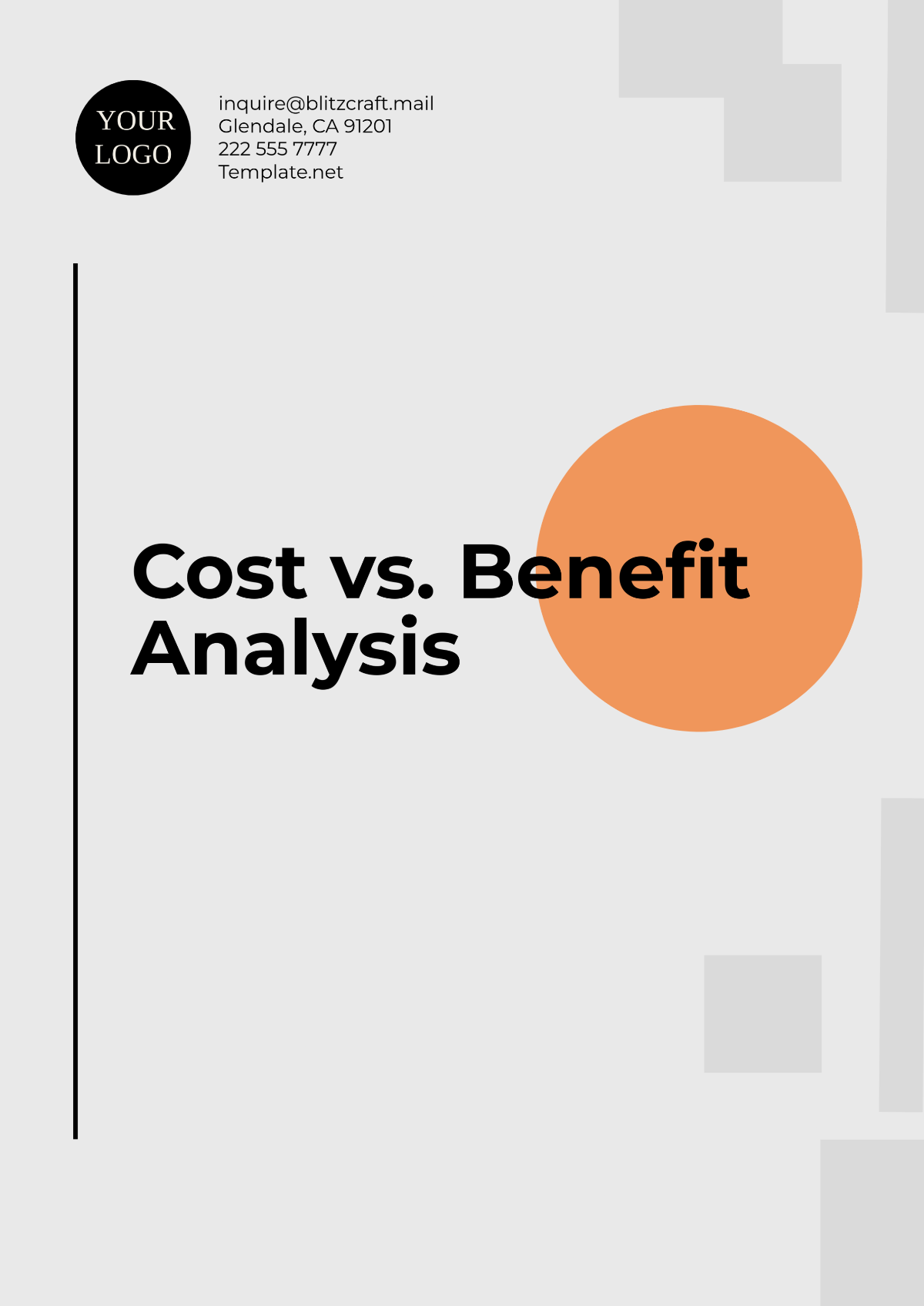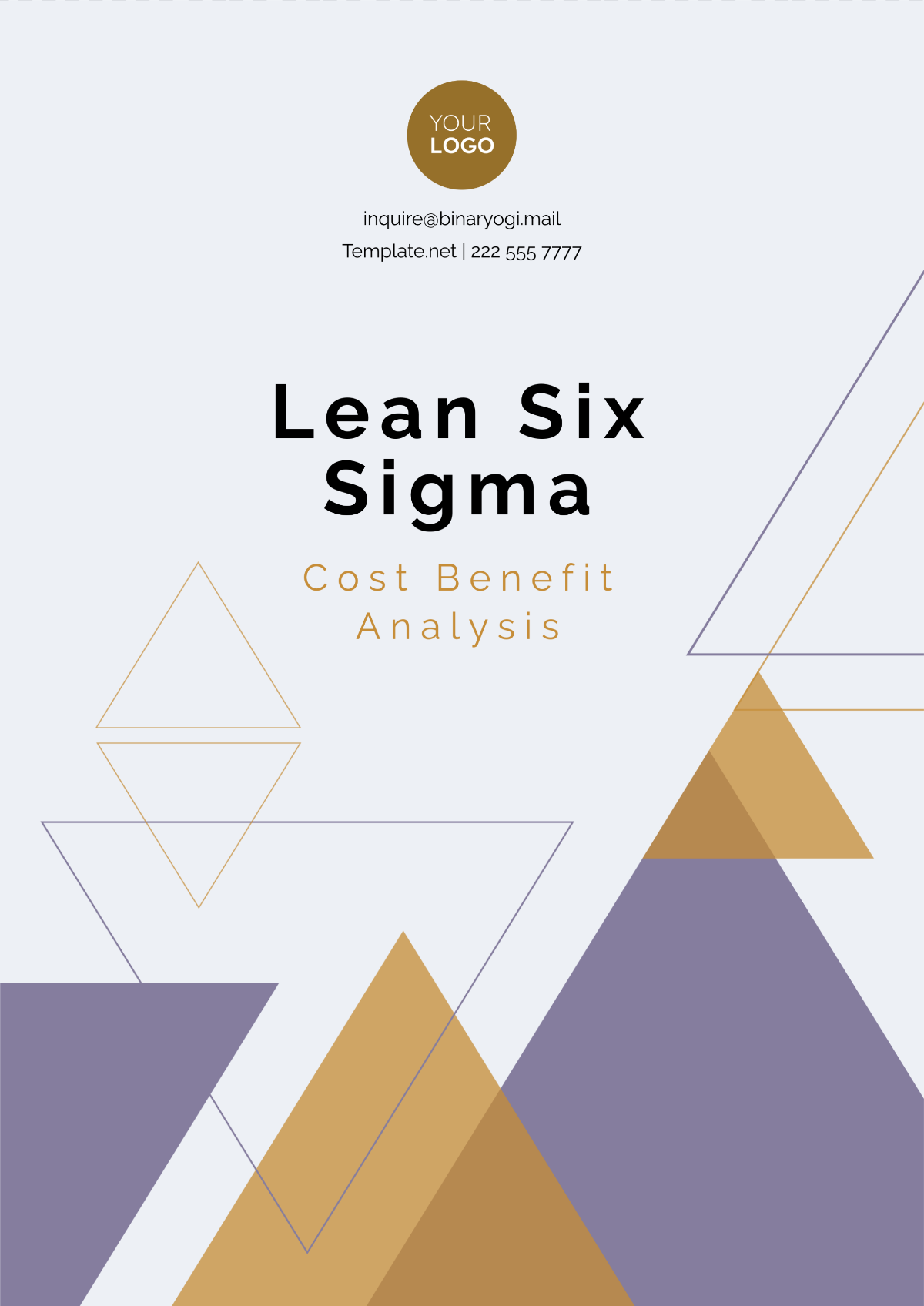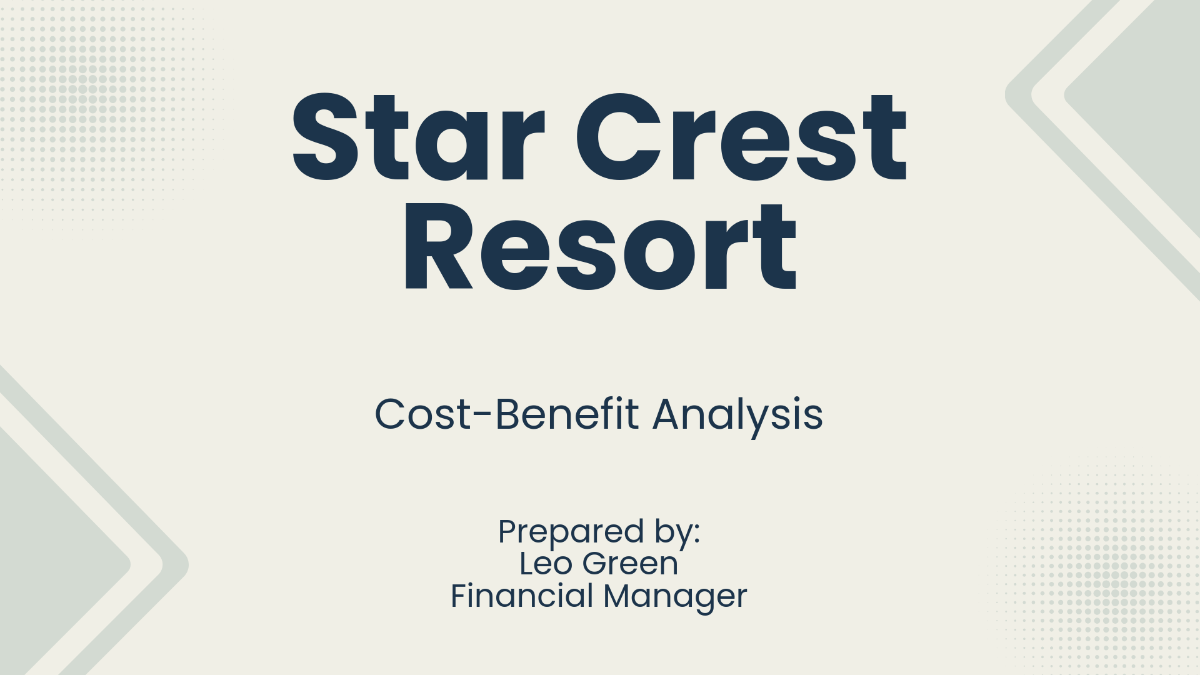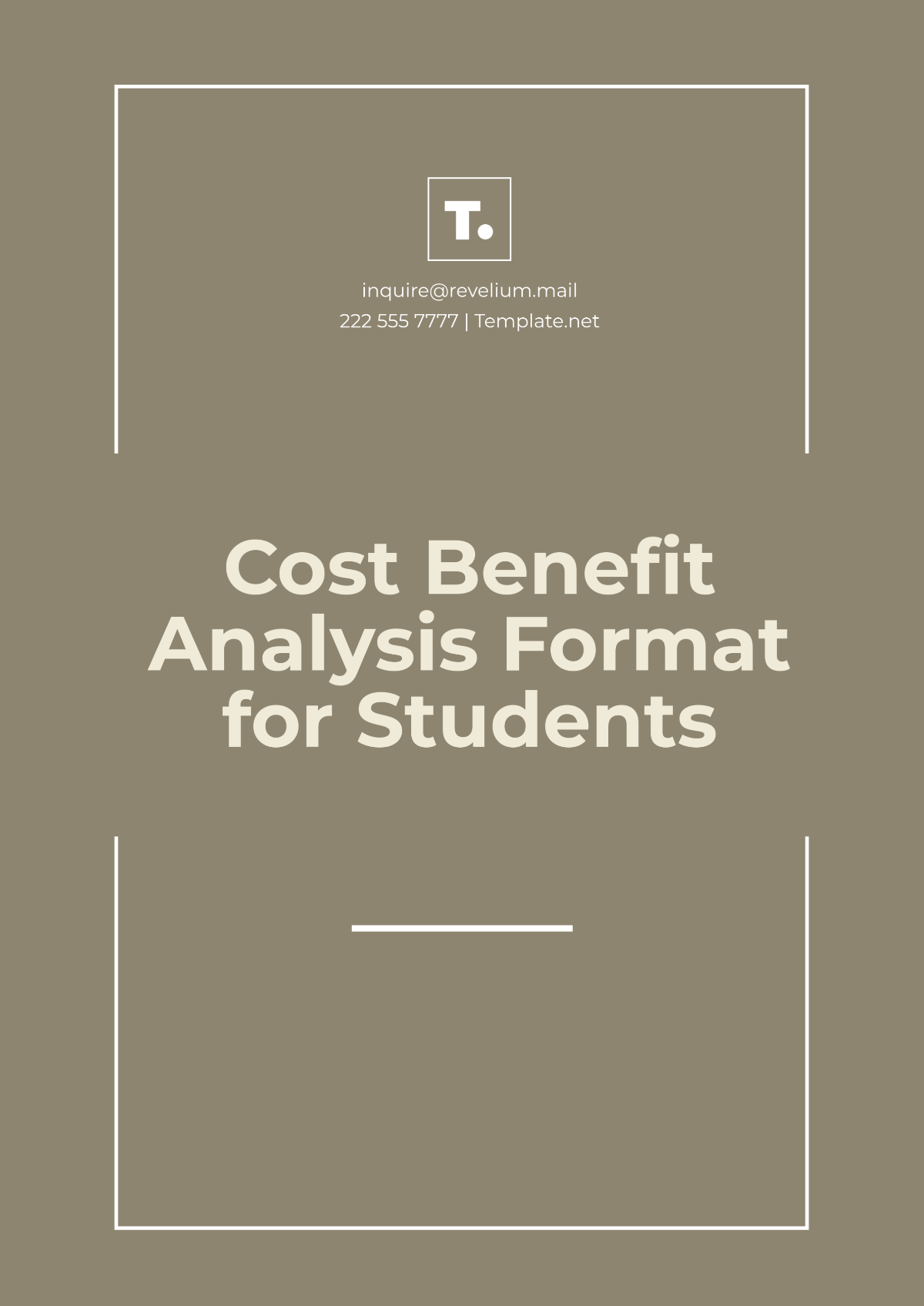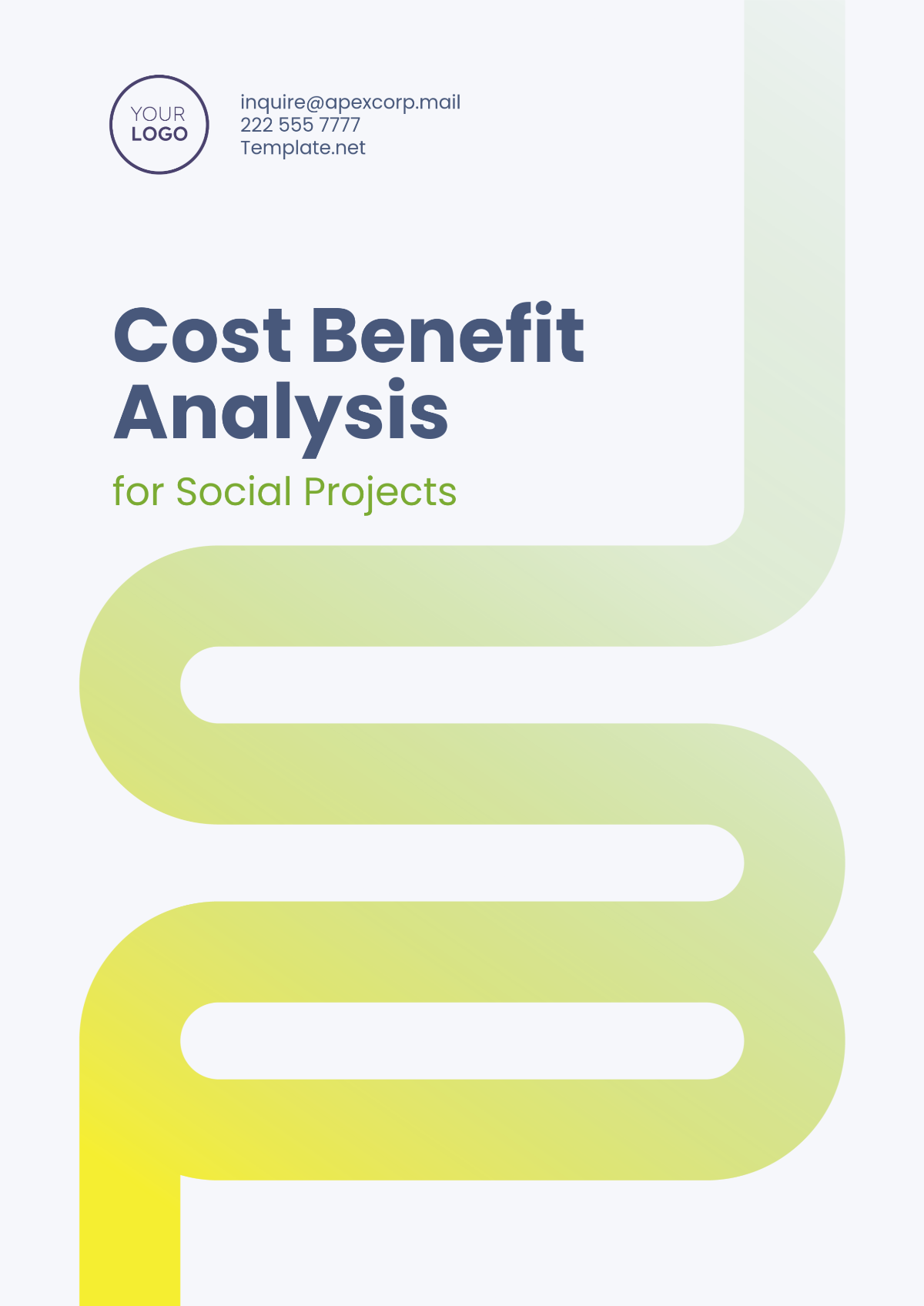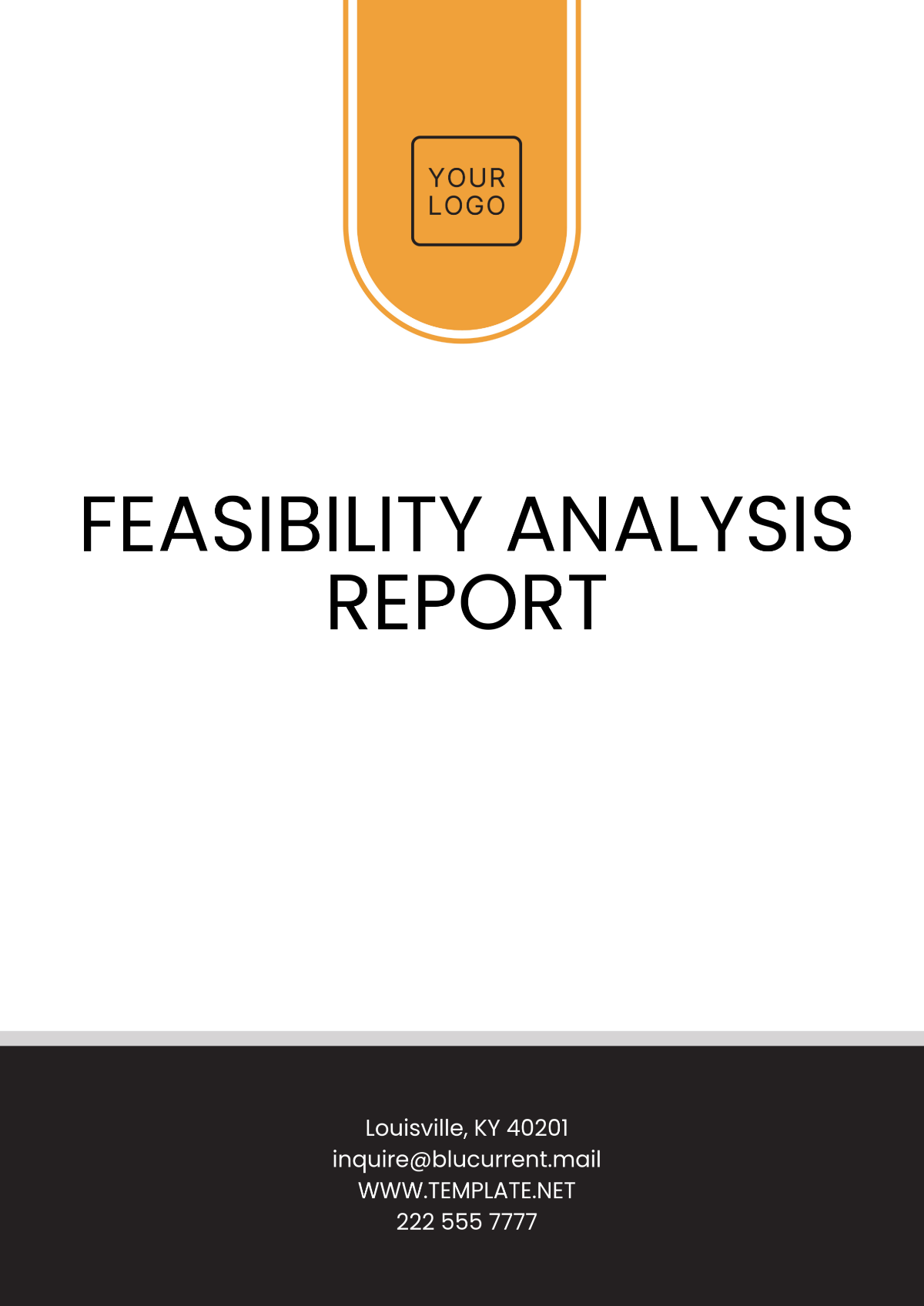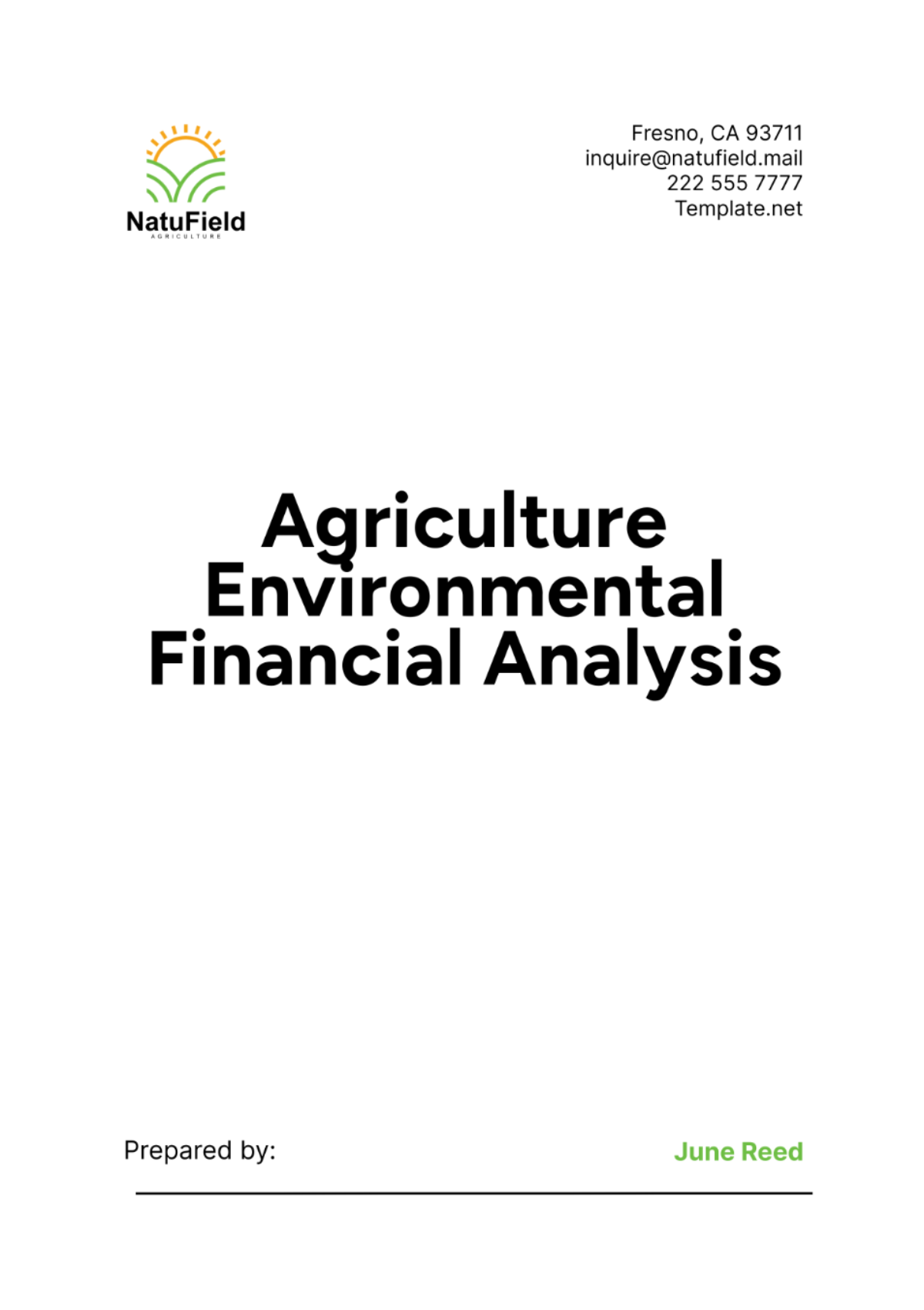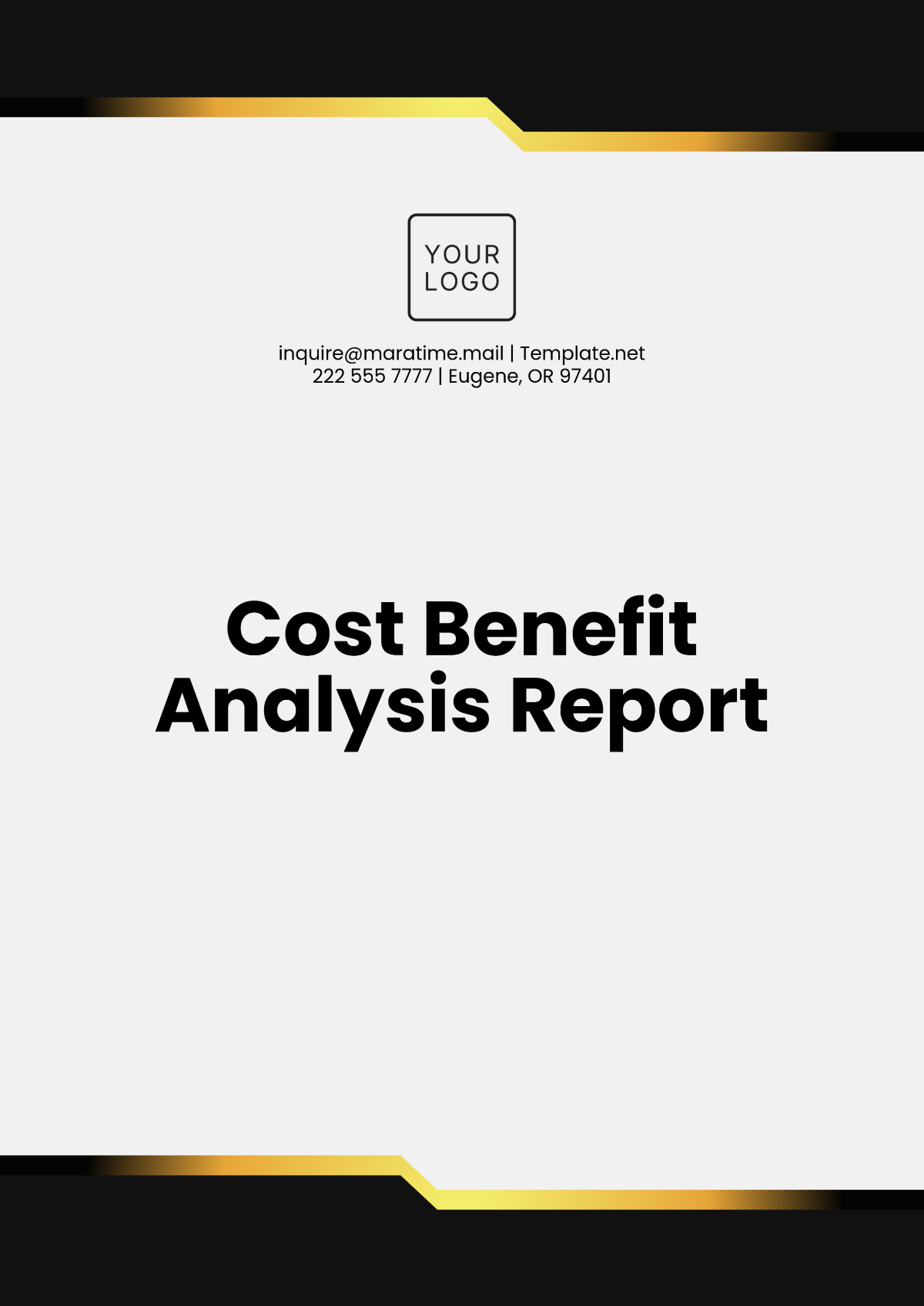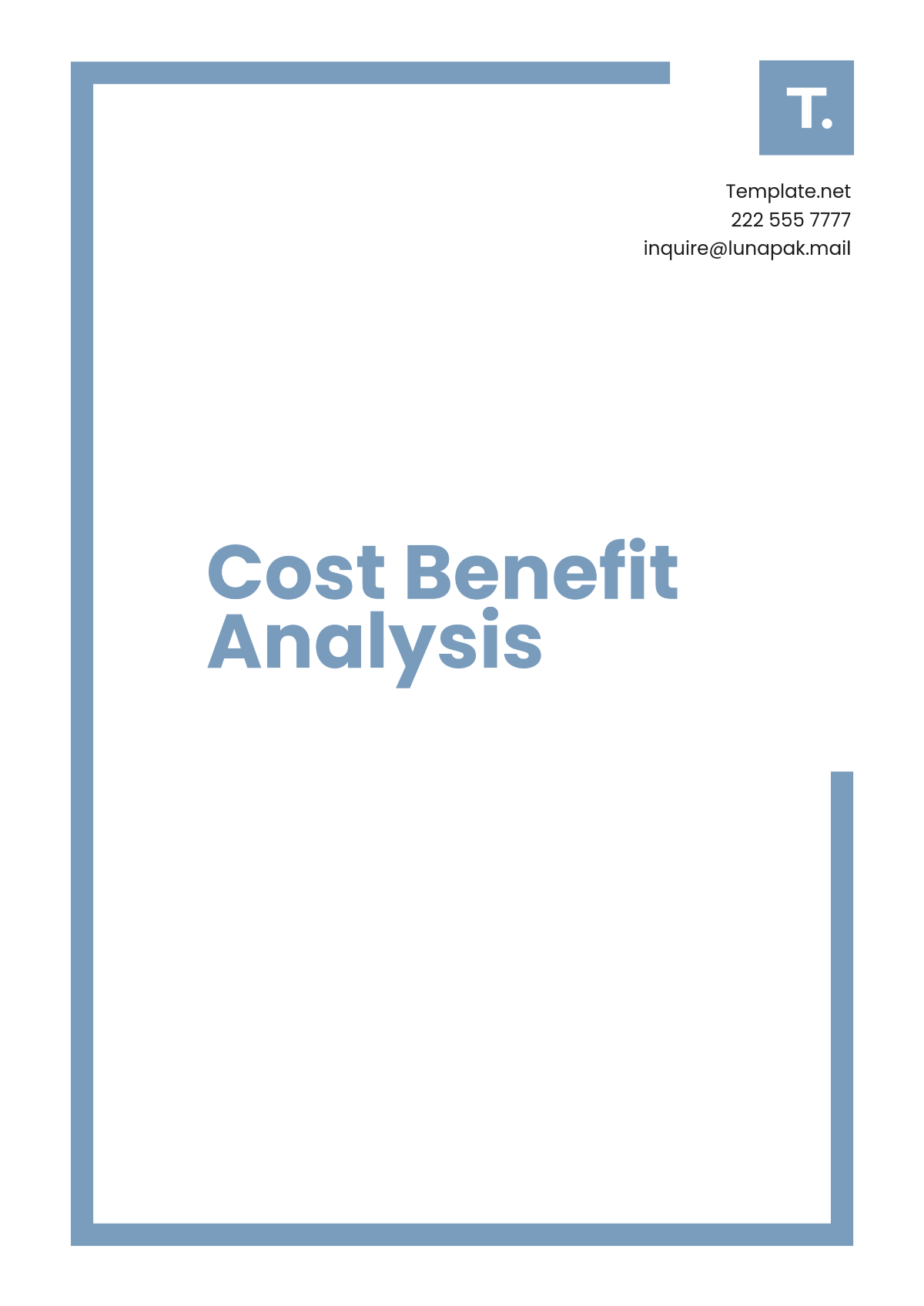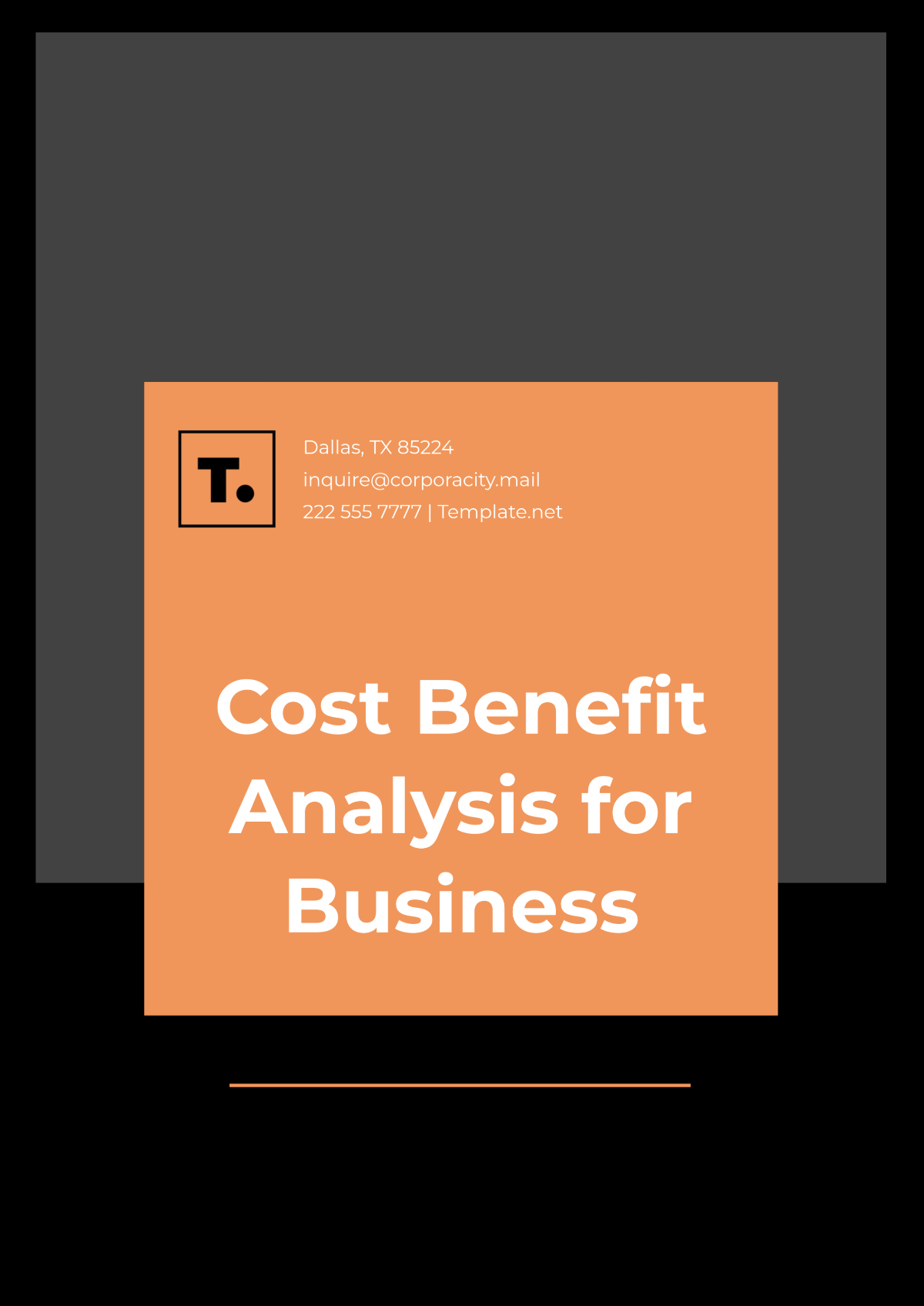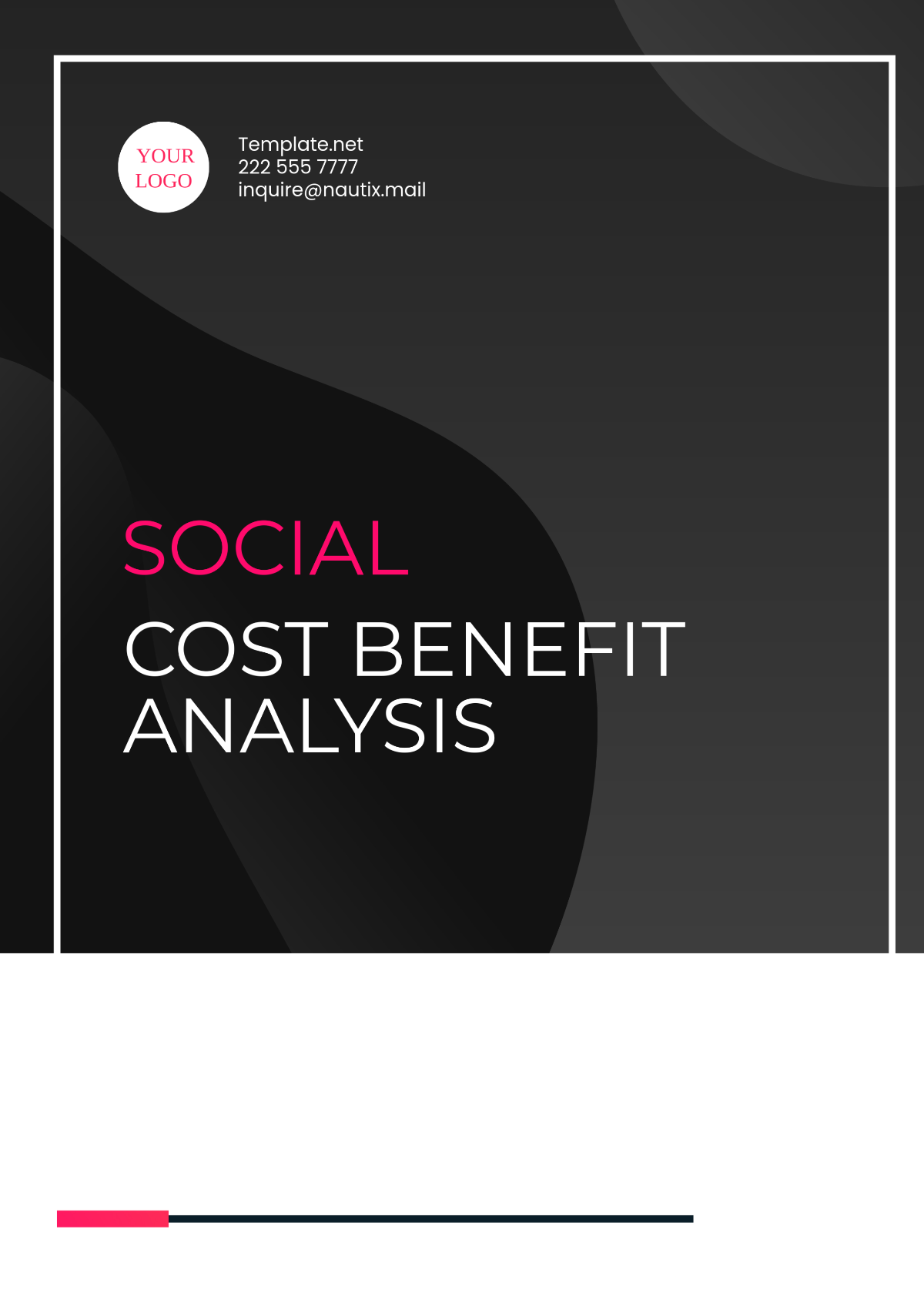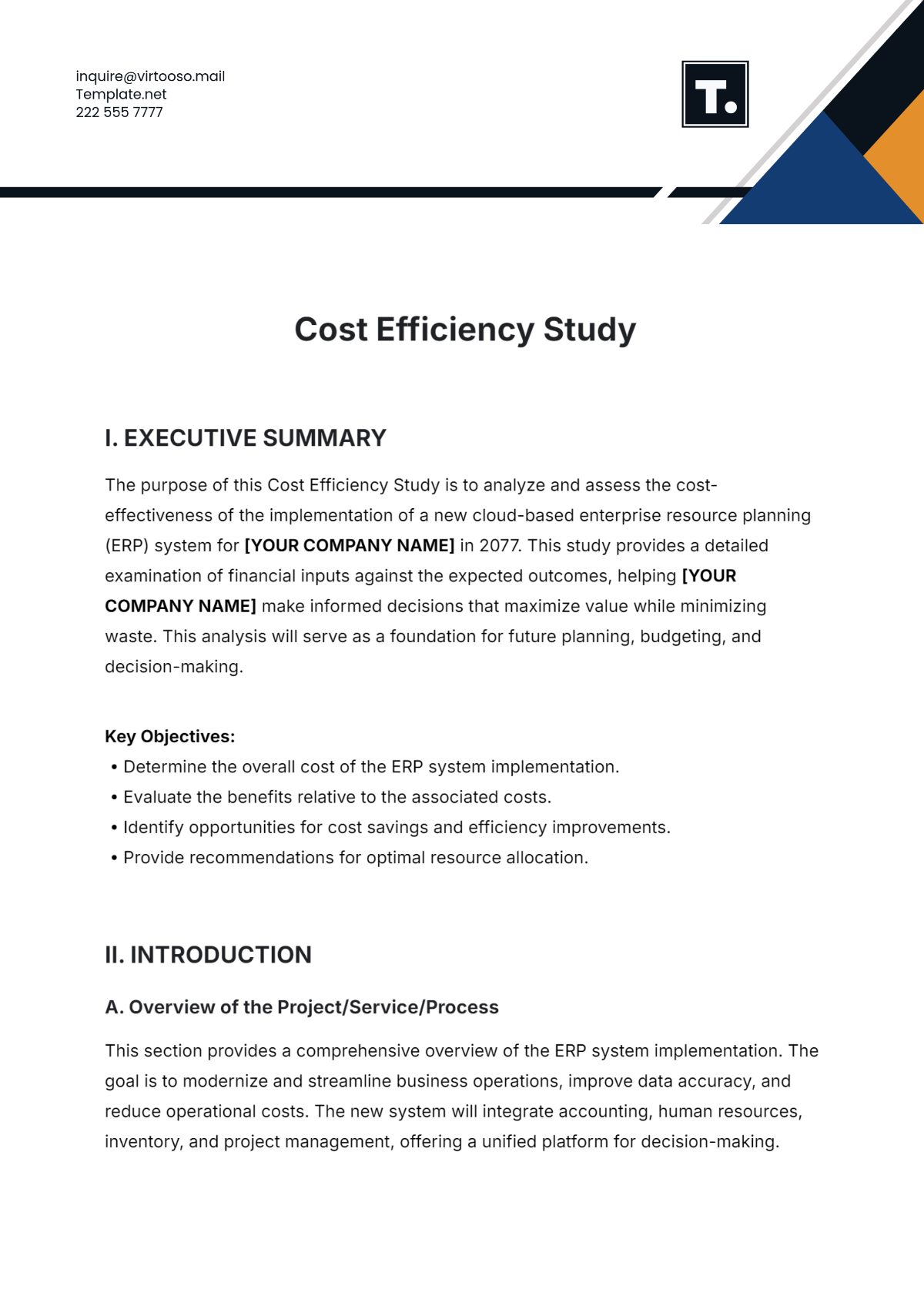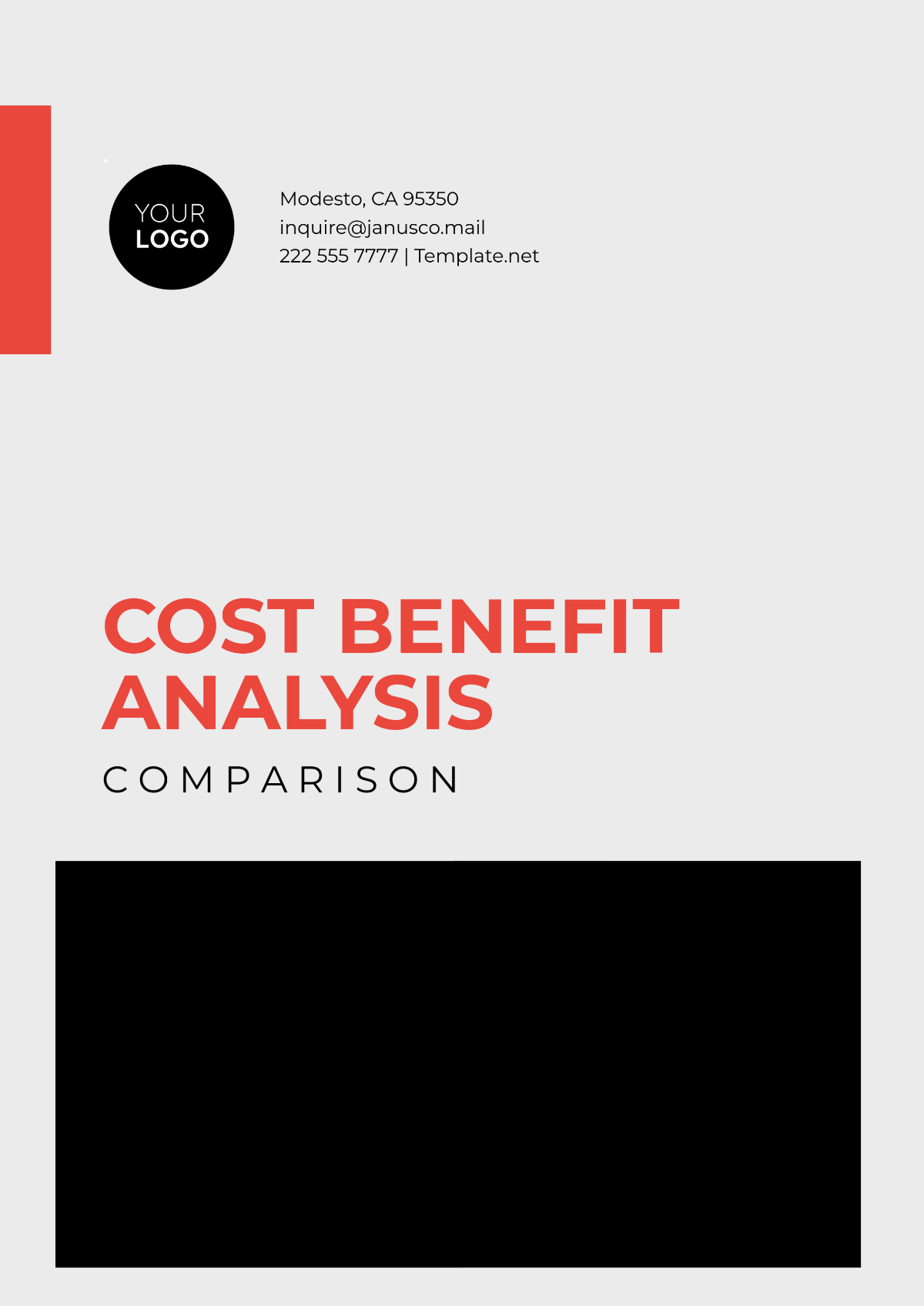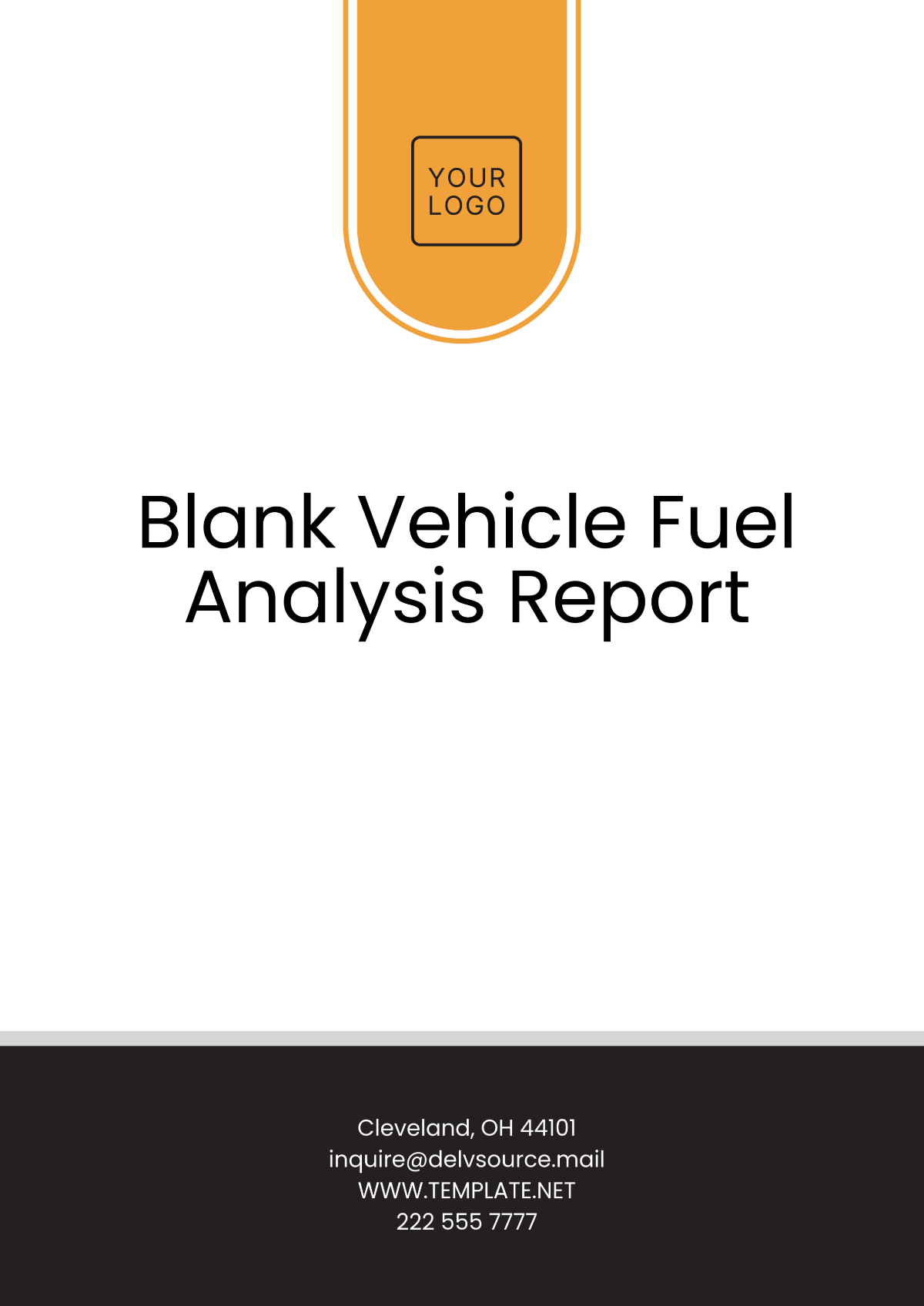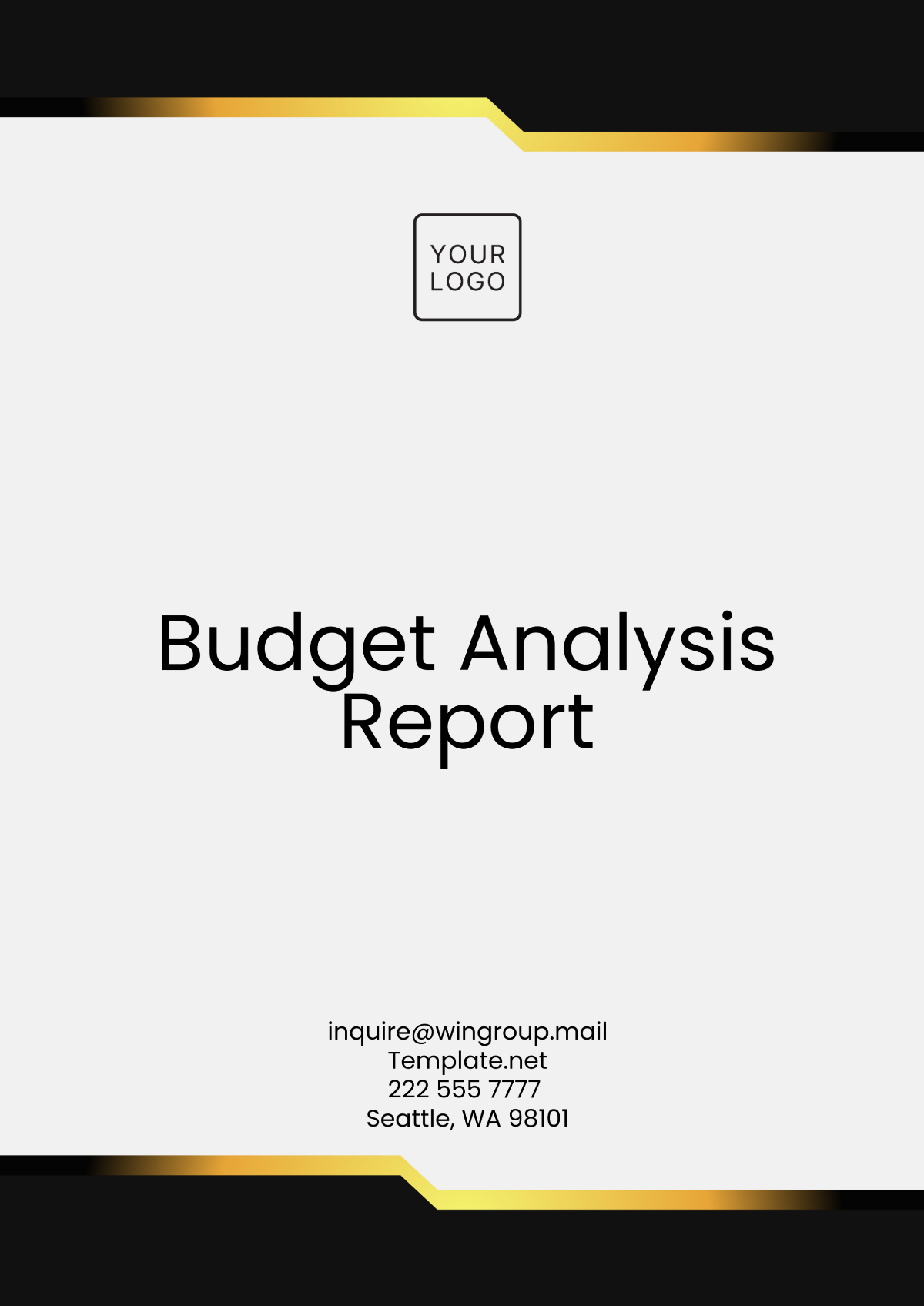Monthly Recognition and Reward
Analysis HR
Executive Summary
This Monthly Recognition and Reward Analysis provides a comprehensive review of our current employee recognition and reward programs, assessing their effectiveness, efficiency, and alignment with our strategic objectives. The analysis covers program participation rates, employee engagement outcomes, financial investments, and the impact of these initiatives on overall employee morale and productivity. Key findings indicate a positive correlation between our reward programs and employee satisfaction levels, though there are areas for improvement in program visibility and accessibility. Despite a high level of participation in certain programs, feedback suggests a need for greater diversity in rewards and more personalized recognition methods. Our cost analysis reveals a moderate return on investment, signaling the potential for more strategic allocation of resources. Recommendations include the introduction of peer-to-peer recognition platforms, expansion of non-monetary rewards, and enhanced communication strategies. Implementing these suggestions is expected to bolster the effectiveness of our recognition efforts, further driving employee engagement and performance.
Introduction
The purpose of this Monthly Recognition and Reward Analysis is to evaluate the structure, execution, and outcomes of our recognition and reward programs. As a vital component of our human resource strategy, these programs aim to motivate employees, reinforce desirable behaviors, and contribute to a positive workplace culture. Recognizing and rewarding high performance are essential for retaining top talent and achieving our organizational goals. This analysis seeks to:
Assess the current state of our recognition and reward programs.
Understand employee perceptions and satisfaction with these programs.
Identify strengths, weaknesses, and opportunities for enhancement.
Provide actionable insights and recommendations for improvement.
Analysis Methodology
Our analysis methodology employed a multi-faceted approach to evaluate the effectiveness and impact of our recognition and reward programs. We collected and analyzed data from a variety of sources, including employee surveys, performance metrics, participation records, and financial reports. This comprehensive review allowed us to assess the alignment of our programs with organizational objectives, understand employee perceptions and engagement levels, and evaluate the financial efficiency of these initiatives. The methodology consisted of:
Employee Surveys
Performance Data Analysis
Participation Rate Tracking
Cost-Benefit Analysis
Comparative Benchmarking
Recognition Programs Overview
Our organization currently offers a variety of recognition programs designed to acknowledge and reward employees for their contributions, performance, and commitment to our values. The following table outlines these existing programs, the criteria for awards, and the frequency of recognition:
Existing Recognition Programs | Criteria for Awards | Frequency of Recognition |
Employee of the Month | Outstanding performance, teamwork | Monthly |
Innovation Awards | Implementation of innovative solutions | Quarterly |
Service Milestone Celebrations | Years of service | Annually |
Peer-to-Peer Recognition | Peer nominations for exceptional support | Ongoing |
Leadership Excellence Award | Leadership that significantly impacts team success | Annually |
Reward Systems Overview
Our organization's reward systems are integral components of our recognition strategy, offering both monetary and non-monetary benefits to employees who meet or exceed the established criteria for performance and contribution. These rewards are designed to motivate continued excellence, foster a positive work environment, and align employee efforts with our strategic goals. The systems vary in form, catering to different achievement levels and types of contributions, ensuring a comprehensive approach to employee motivation. Below is an overview of our current reward systems, their eligibility criteria, and distribution methods:
Current Reward Systems | Eligibility Criteria | Distribution Methods |
Performance Bonuses | Exceeding performance targets | Monetary, distributed annually |
Spot Bonuses | Immediate recognition of special contributions | Monetary, on-the-spot |
Professional Development Grants | Pursuit of relevant certifications or courses | Access to courses, paid leave |
Extra Vacation Days | High performance, innovation awards | Added to annual vacation allotment |
Special Recognition Events | Winners of specific awards | Event invitations, public acknowledgment |
Employee Participation and Engagement
Employee participation in our recognition and reward programs is a key indicator of their effectiveness and impact on engagement. The following table displays the participation rates for each program:
Recognition Programs | Participation Rate (%) |
Employee of the Month | 85% |
Innovation Awards | 40% |
Service Milestone Celebrations | 95% |
Peer-to-Peer Recognition | 75% |
Leadership Excellence Award | 30% |
The high participation rates in the Employee of the Month and Service Milestone Celebrations programs suggest strong engagement and appreciation for these forms of recognition. Conversely, the relatively lower rates for Innovation Awards and Leadership Excellence Award may indicate a need for increased awareness or adjustment in the criteria to encourage broader participation.
Effectiveness Assessment
The effectiveness of our recognition and reward programs is critical to ensuring they positively impact our organizational goals, including productivity, morale, and retention. To assess their impact, we've compared key performance indicators before and after the implementation of these programs. This analysis helps us understand the tangible benefits of our initiatives and areas where adjustments may enhance their effectiveness further.
Metric | Before Implementation | After Implementation | Change (%) |
Productivity | 75% | 85% | +13% |
Morale | 65% | 80% | +23% |
Turnover Rates | 20% | 15% | -25% |
Thematic Analysis of Feedback
Theme | Positive Feedback (%) | Suggestions for Improvement (%) |
Program Awareness | 70% | 30% |
Reward Diversity | 60% | 40% |
Recognition Timing | 80% | 20% |
Personalization | 50% | 50% |
The improvement in productivity and morale, along with a reduction in turnover rates, indicates the positive impact of our recognition and reward programs. However, the thematic analysis of employee feedback suggests areas for improvement, particularly in enhancing program awareness, diversifying rewards, and personalizing recognition.
Cost Analysis
A cost analysis of the recognition and reward programs is essential to evaluate their financial sustainability and return on investment (ROI). Below is a breakdown of the costs associated with these programs over the past year:
Cost Item | Amount ($) |
Performance Bonuses | 50,000 |
Spot Bonuses | 20,000 |
Professional Development Grants | 30,000 |
Special Recognition Events | 25,000 |
Administrative Costs | 5,000 |
Total | 130,000 |
Considering the positive changes in productivity, morale, and turnover rates, we estimate the ROI of our recognition and reward programs to be significant. The reduction in turnover rates alone, assuming an average cost of $30,000 to replace an employee, represents a saving of $150,000 annually for every 1% decrease in turnover. This saving, combined with the gains in productivity and morale, suggests that the benefits of these programs far outweigh their costs, yielding a positive ROI. Further, the qualitative feedback from employees reinforces the value of these programs in enhancing job satisfaction and engagement, factors that contribute to long-term organizational success.
To maximize the ROI, we will focus on addressing areas for improvement identified in the feedback analysis, such as increasing program diversity and personalization, which are expected to further enhance program effectiveness and employee satisfaction.
Comparative Analysis
To ensure our recognition and reward programs remain competitive and effective, we conducted a comparative analysis with industry standards. This exercise helps us identify gaps and opportunities for enhancement by benchmarking our programs against those of similar organizations in our sector. The comparison focuses on key aspects such as program diversity, participation rates, and overall employee satisfaction with the recognition and reward initiatives.
Aspect | Our Organization (%) | Industry Standard (%) |
Program Diversity | 60 | 80 |
Participation Rates | 70 | 85 |
Employee Satisfaction | 75 | 80 |
The figures suggest that enhancing the diversity of our recognition and reward programs could lead to higher participation rates and increased employee satisfaction. The industry standard indicates a broader range of recognition and reward options correlates with higher engagement and satisfaction levels among employees. Addressing these gaps could significantly improve the effectiveness of our programs.
Recommendations
Based on our analysis, the following recommendations are proposed to enhance the effectiveness of our recognition and reward programs:
Increase Program Diversity: Introduce a broader range of recognition and reward options to cater to diverse employee preferences and motivations.
Enhance Communication: Develop a more robust communication strategy to ensure all employees are aware of and understand how to participate in these programs.
Leverage Technology: Implement digital recognition platforms that allow for real-time recognition and more personalized rewards.
Involve Employees in Program Design: Solicit employee feedback regularly to adapt and evolve the programs based on their input and changing needs.
Monitor and Adjust Programs Regularly: Establish ongoing monitoring mechanisms to assess the impact of the programs and make necessary adjustments to improve their effectiveness and ROI.



